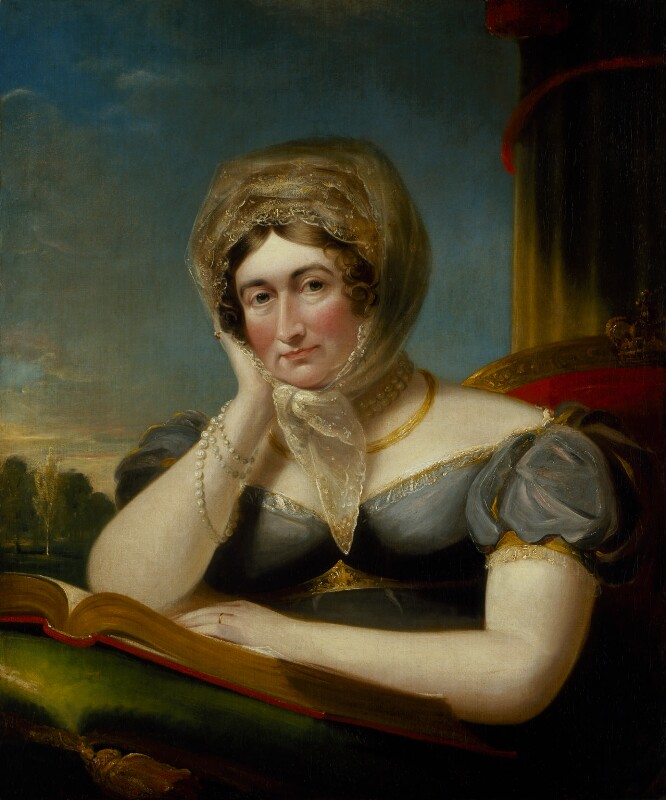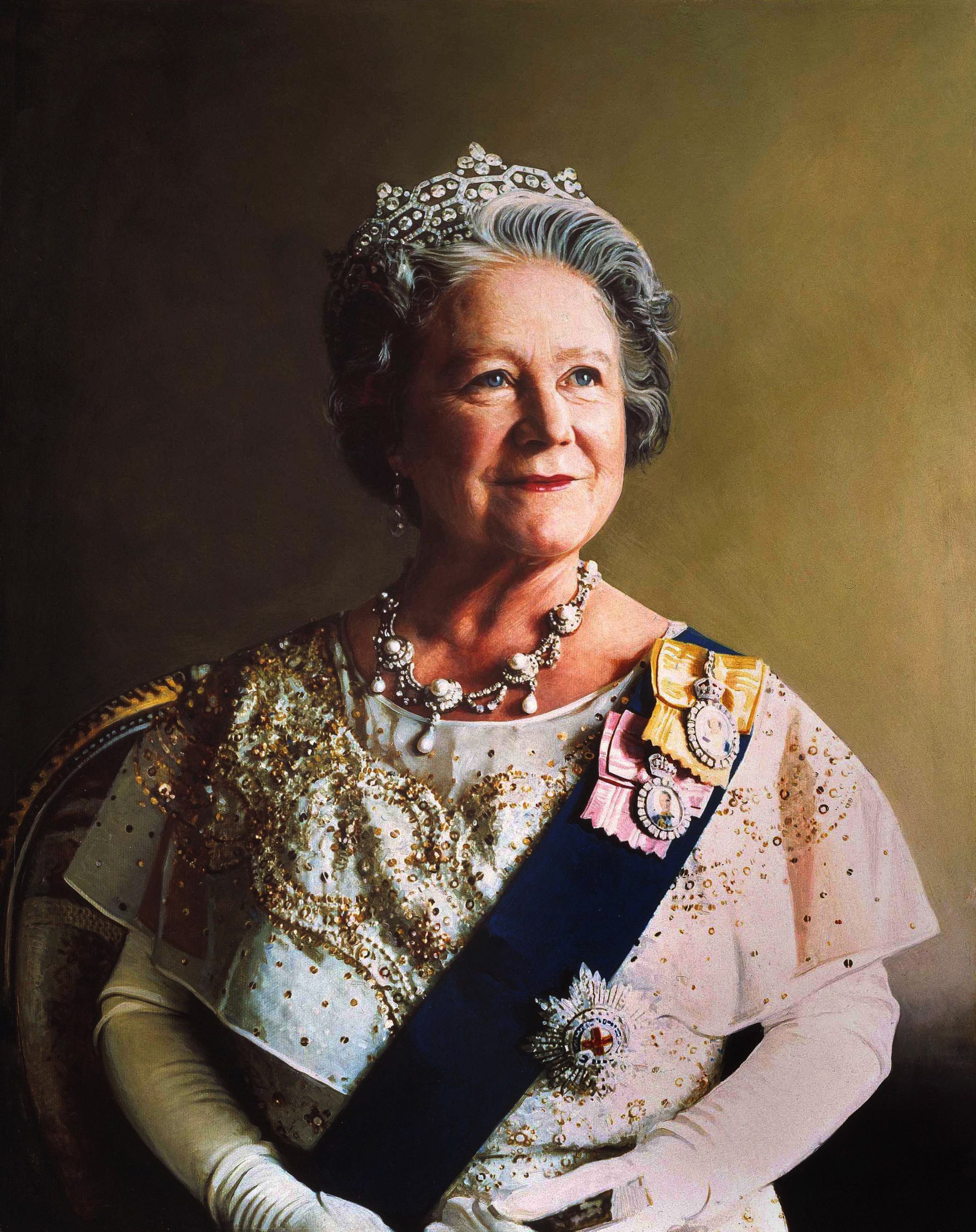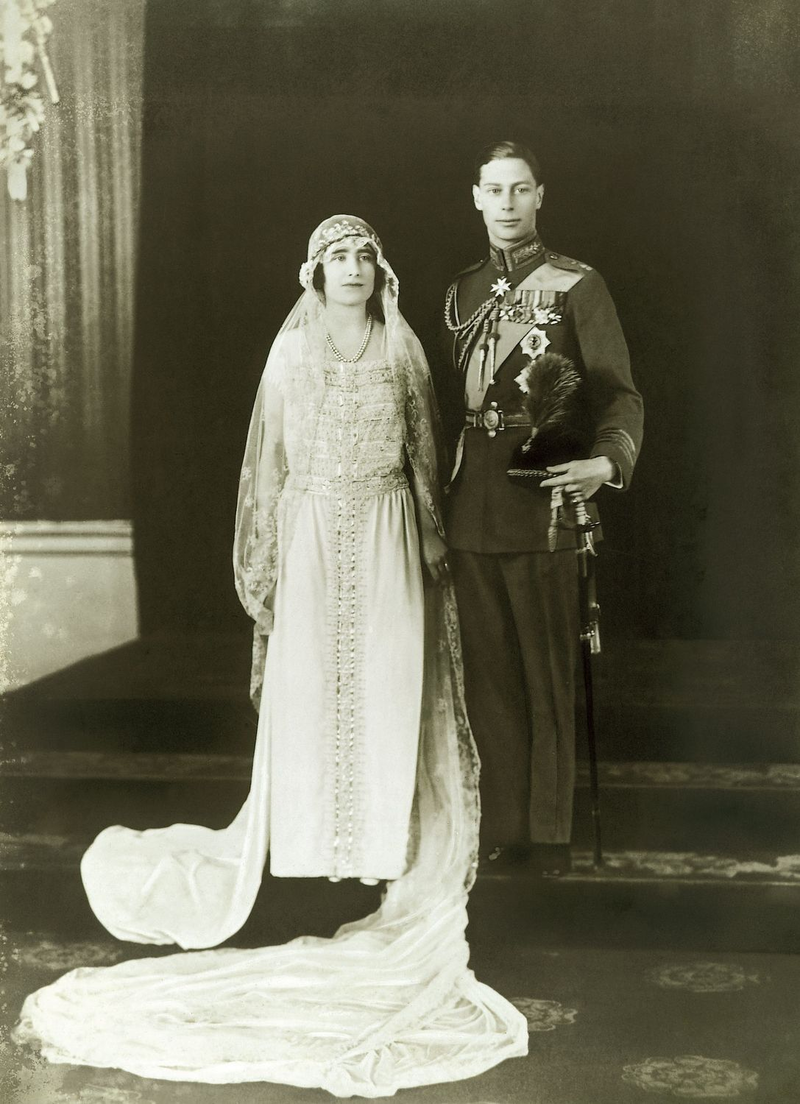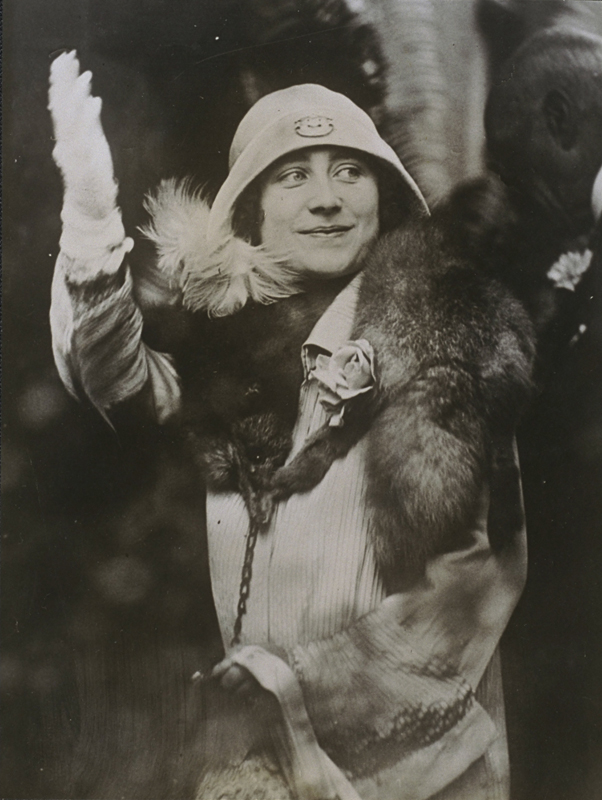by Emily McMahon © Unofficial Royalty 2013
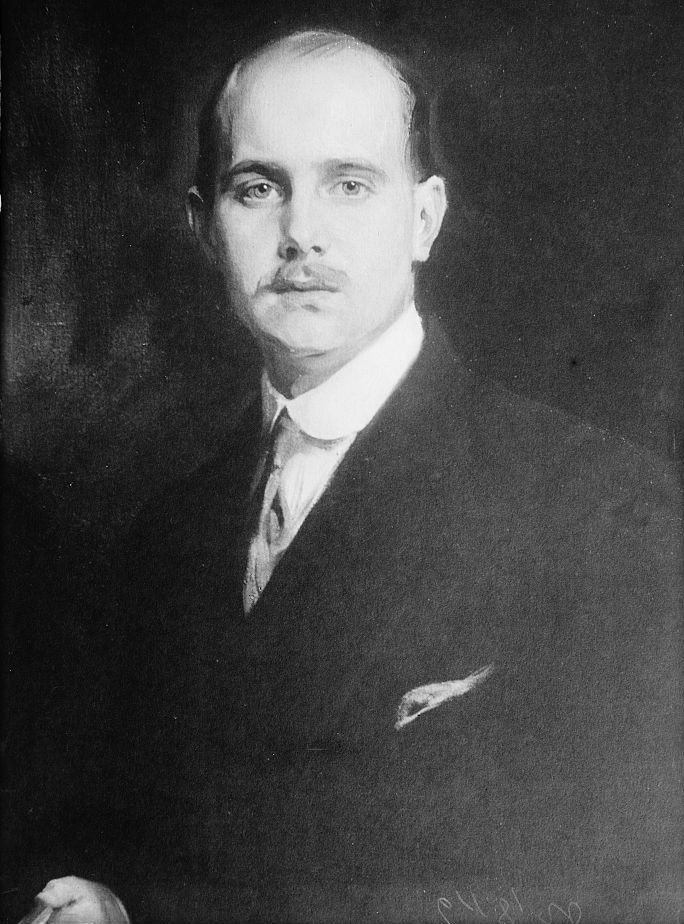
source: Wikipedia
Born August 10, 1888, in Pavlovsk, near St. Petersburg, Russia, Prince Christopher was the fifth son of the five sons and the eighth of the eight children of King George I of the Hellenes and the former Grand Duchess Olga Konstantinovna of Russia. Christopher was the only one of George’s and Olga’s children born outside of Greece. His birth was a surprise, as his eldest sibling was 20 years old at the time of Christopher’s birth.
Christopher had seven older siblings:
- King Constantine I (1868 – 1923), married Princess Sophie of Prussia, had six children including three Kings of Greece: George II, Alexander, and Paul
- Prince George (1869 – 1957), married Princess Marie Bonaparte, had two children
- Princess Alexandra (1870 – 1891), married Grand Duke Paul Alexandrovich of Russia, had two children
- Prince Nicholas (1872 – 1938), married Grand Duchess Elena Vladimirovna of Russia, had three children including Princess Marina, Duchess of Kent
- Princess Maria (1876 – 1940), married (1) Grand Duke George Mikhailovich of Russia, had issue; (2) Admiral Perikles Ioannidis, no issue
- Princess Olga (born and died 1880), died in infancy
- Prince Andrew (1882 – 1944), married Princess Alice of Battenberg, had five children including Prince Philip, Duke of Edinburgh
Christopher had an excellent education, and became fluent in English, Italian, Danish, Greek, French, and Russian. He entered the Hellenic Army at age 18, fighting in the 1912-13 Balkan Wars.
Christopher was noted to have an excellent sense of humor and a talent for mimicry, earning him great affection within his family. He was also a talented musician, studying piano for many years. He was also offered the thrones of Lithuania, Albania, and Portugal, all of which he refused. Christopher believed a throne should be accepted only when the prospective ruler was seriously dedicated to the idea of leading a country. Christopher did not believe himself to be sufficiently up to the challenge.
Christopher had a romance with his distant cousin, Alexandra of Fife (later the Duchess of Fife in her own right) in about 1910. The couple may have become unofficially engaged, although their parents did not approve of the union. Whatever the case, the two broke off their relationship. Alexandra later married another cousin, Arthur of Connaught, in 1913.

Christopher with his first wife Princess Anastasia, the former Nancy Leeds. source: Wikipedia
On January 1, 1920, Christopher married Nancy Stewart Worthington Leeds, an American widow of a Cleveland tin manufacturer in Vevey, Switzerland. The two had become engaged in 1914, but the wedding was delayed due to the outbreak of World War I. However, it was Nancy’s fortune that supported the Greek royal family during their war exile. The bride, who was a divorcee as well as a widow, was fifteen years older than her prince. During her marriage to Christopher, Nancy was known as Princess Anastasia after she joined the Greek Orthodox Church.
Obscure to the American press prior to his marriage, Christopher was immediately the focus of significant media attention following the wedding. William Leeds, Nancy’s son from her first marriage, later married Princess Xenia Georgievna of Russia, the daughter of Christopher’s sister Maria. Sadly, Anastasia was diagnosed with cancer not long after the wedding and died in London in 1923.

Francoise of Orleans, Christopher’s second wife. source: Wikimedia
Six years later, Christopher made a more acceptable dynastic marriage to French Princess Francoise of Orleans. Francoise was previously linked to Tsar Boris of Bulgaria, who later married Giovanna of Italy. Christopher and Francoise were married at Palermo on February 11, 1929. The couple may have met and begun their courtship in 1927 at the wedding of her sister Anne to the Duke of Apulia. The union was unique in that the bride kept her Catholic faith upon the marriage, whereas Christopher remained Greek Orthodox.
Christopher and Francoise had one son:
- Prince Michael of Greece (born 1939), married Marina Karella, had two children
Christopher died on January 21, 1940, in Athens, Greece, at the age of 51, after suffering several weeks with a lung abscess. His wife Francoise was by his side and their son Michael had just celebrated his first birthday. A memorial service was held in New York City for the prince at Holy Trinity Cathedral, commemorating his following among Greek Americans. Funeral services were held at the Metropolitan Cathedral of Athens, led by Christopher’s nephew King George II. Flags were flown at half-mast and shops in Athens were closed on the day of the funeral in Christopher’s honor. Christopher was buried with full military honors in the Royal Cemetery at Tatoi Palace near Athens.

Grave of Prince Christopher and Princess Françoise. photo: By Catlemur – Own work, CC BY-SA 4.0, https://commons.wikimedia.org/w/index.php?curid=65380068
This article is the intellectual property of Unofficial Royalty and is NOT TO BE COPIED, EDITED, OR POSTED IN ANY FORM ON ANOTHER WEBSITE under any circumstances. It is permissible to use a link that directs to Unofficial Royalty.

